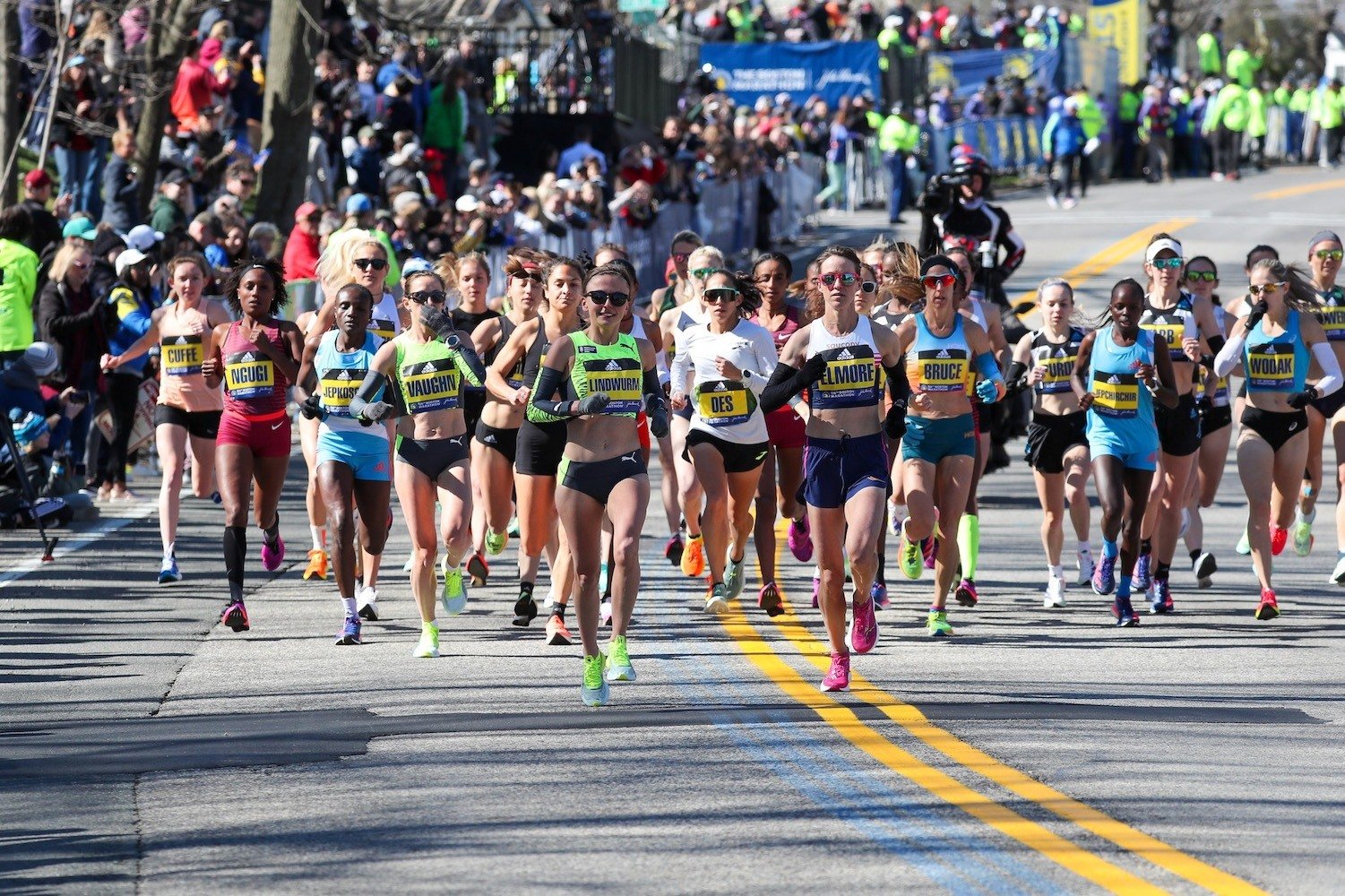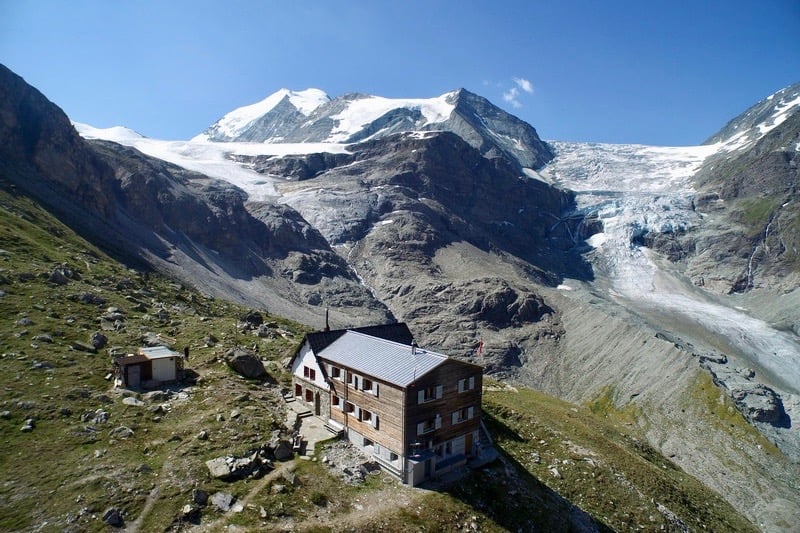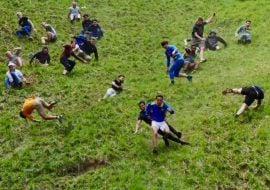Going the distance at South Africa’s Two Oceans Marathon


Two massive climbs and hours of breathtaking views at Two Oceans Marathon the most beautiful ultramarathon in the world
Every year on Easter Saturday, Cape Town, South Africa plays host to a race that bills itself as the most beautiful ultramarathon in the world. The Two Oceans Marathon—a bit of a misnomer, since the race is actually 56 kilometers, or about 35 miles—winds through the heart of Cape Town before making its way along the coast of first the Indian Ocean, and then a few miles later, the Atlantic Ocean. After heading inland, you’ll climb two mammoth hills and skirt around the edge of Table Mountain National Park before finishing back in the center of the city.
The race is nearly fifty years old, and has established a lot of tradition and prestige in the South African running scene. If you want to take on this unique and stunningly beautiful road race, you’ll want to know what you are in for. Let’s take a look.
The long, flat first act of the Two Oceans Marathon

After the start, the first few miles of the race are a slow but steady uphill. Expect to be slowed by about 15 seconds per mile in the first two and a half miles on account of the climb from sea level to 240 feet.
If your pace seems slow, don’t fret. You’ll be able to get into a groove after the 5k mark, when you have a half-marathon’s worth of very gentle decline and dead flat running along the Indian Ocean and inland through Fish Hoek and Noordhoek. Then the fun begins.
Climbing Chapman’s Peak
Just a few miles before you hit the Atlantic Ocean, you’ll start climbing. As you make your way to the top of Chapman’s Peak, the first of the two major climbs at the Two Oceans Marathon, even a very fit runner will give up over 30 seconds per mile on the steep, undulating climb up to the peak.
The descent will be pretty rough on the legs, too; you give up all the elevation you just gained in less than four miles. At this point, you’ll have run an entire marathon already and will be headed inland. Ready for another one?
Yes, you might be in pain, but there’s no better way to see the natural beauty of Cape Town than on foot and moving fast.
Up and over Constantia Nek
Constantia Nek is the last and largest obstacle in your way of the finish at the Two Oceans Marathon. This ruthlessly steep climb will surely rob you of 35-45 seconds per mile—and that’s a best-case scenario. If your legs are fatigued, expect to give up more time. Once you are at the top, it’s not all downhill, either. The decline to the finish involves roller-coaster-like ups and downs that will surely put your will to the test.
The good news is that the scenery on this relatively secluded section of the course, in the shadow of Table Top Mountain, is nothing short of stunning. Yes, you might be in pain, but there’s no better way to see the natural beauty of Cape Town than on foot and moving fast.
Two climbs and two oceans make this ultramarathon worth the pain
If you want to run the most scenic road races in the world, the Two Oceans Marathon should be near the top of your list. If you are looking for a good hard challenge, it should be on the docket too. Boston’s Heartbreak Hill, at a measly 27 meters, can’t compare to the 256 meter climb up Constantia Nek—and that climb happens after you’ve already run a whole 26 miles already!
If you need an even more detailed preview, check out this web preview of the Two Oceans Marathon course. Even the satellite imagery shows how great the view is. Make no mistake about it; this race will take your breath away—one way or another!
Related Articles:
The Six Must-do marathons in Africa
Skip the Safari – 5 African Adventures You Don’t Want to Miss
Images credit: Old Mutual Two Oceans Marathon
Last updated on Nov 12, 2019Have you subscribed to our Newsletter or Podcast? Listen to us on Apple Podcast and Spotify and follow us on Facebook, Instagram Twitter and YouTube.
Accommodation near Cape Town
Rad Season is providing you with rentals and hotels at the lowest prices available online. Book your stay near Cape Town using the map below!








